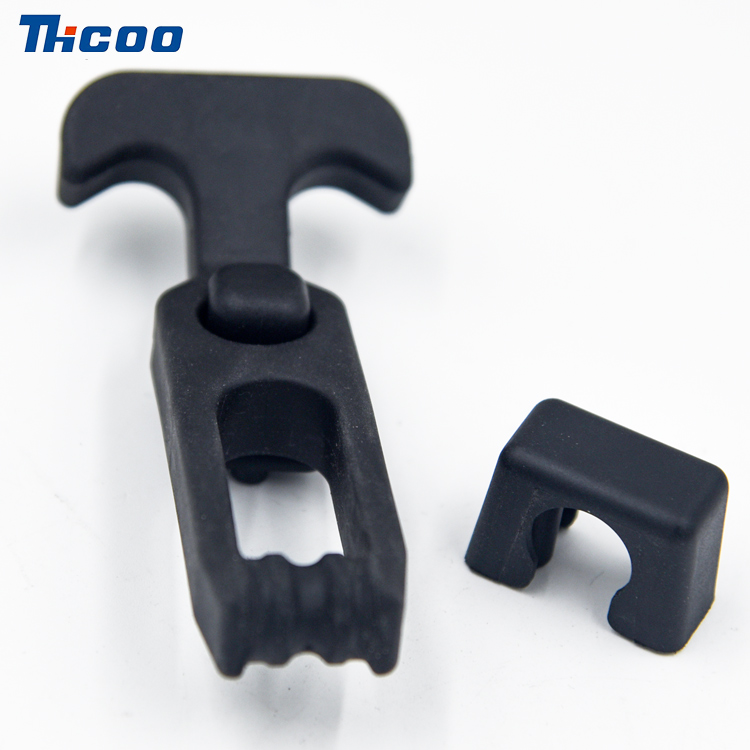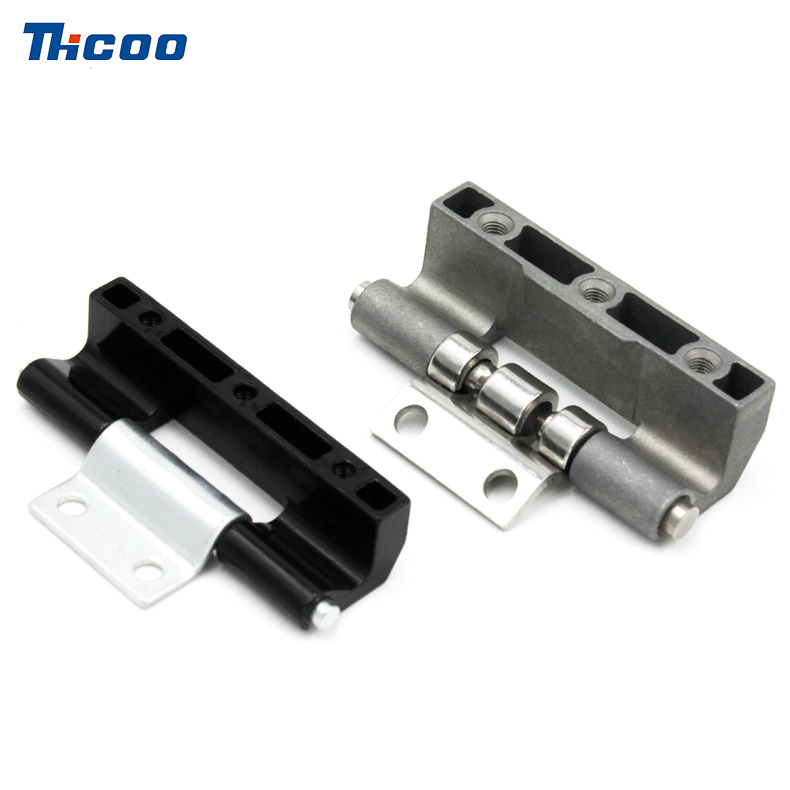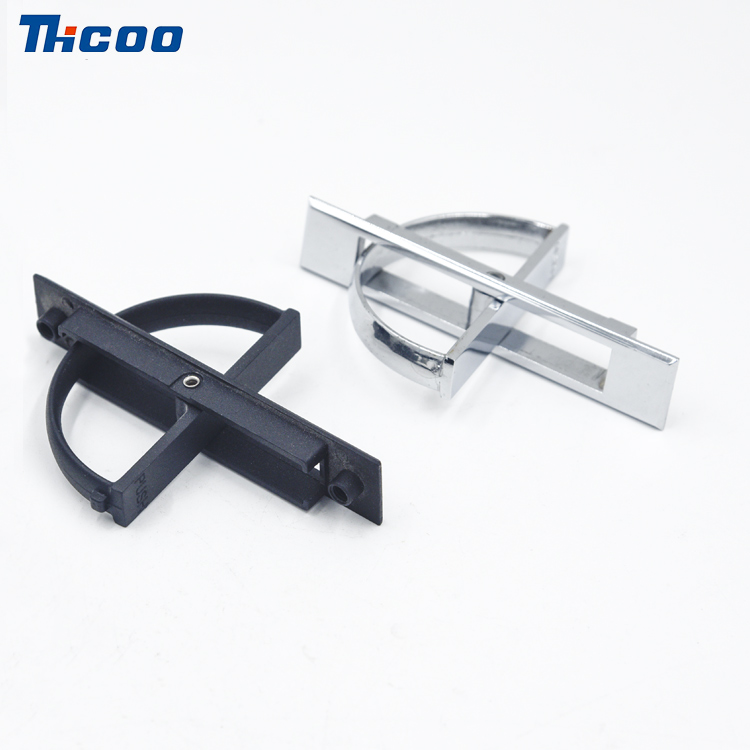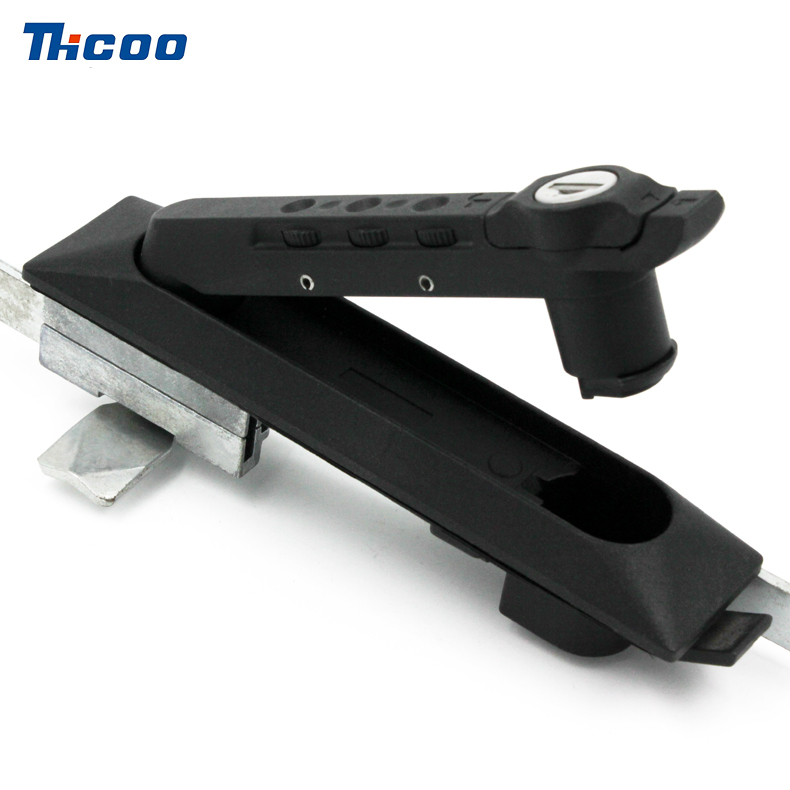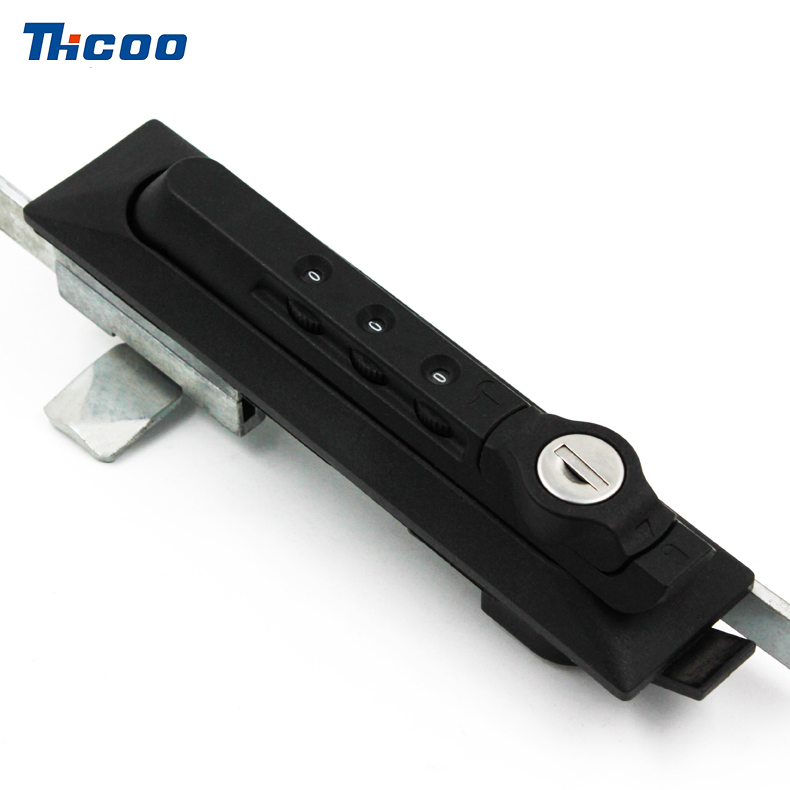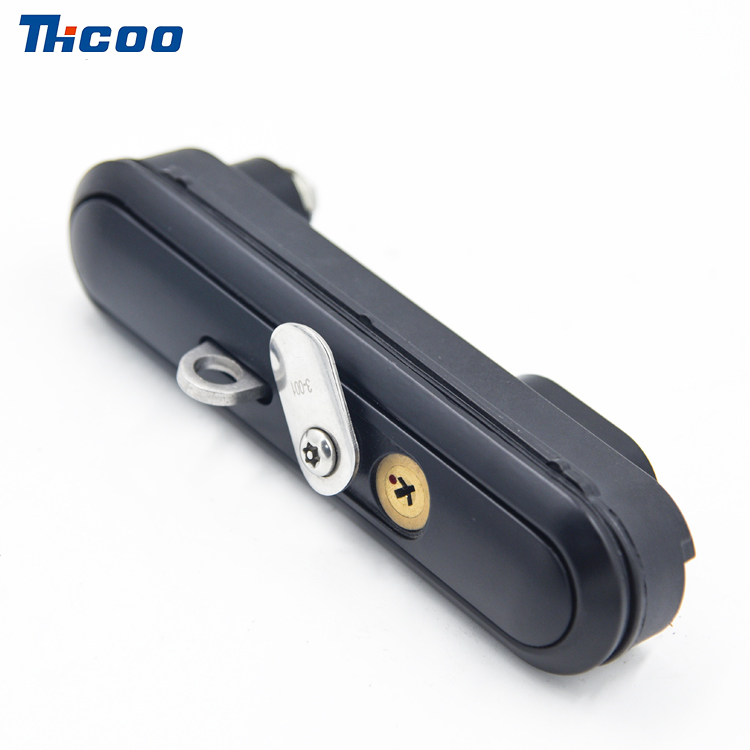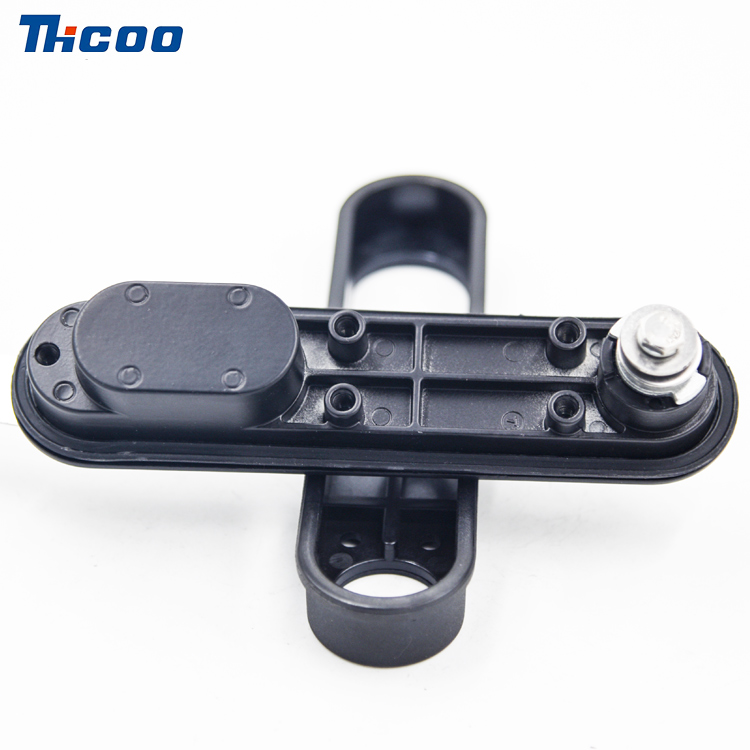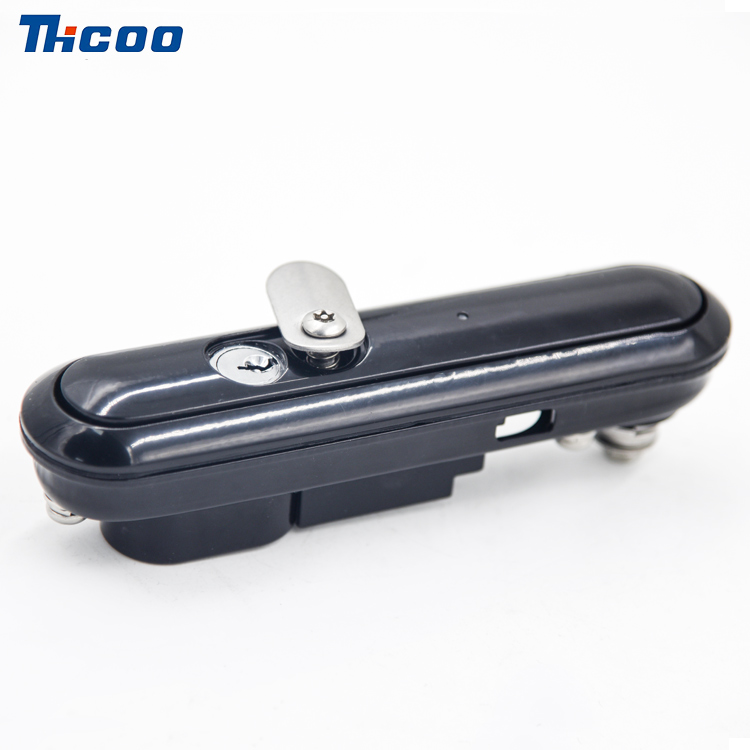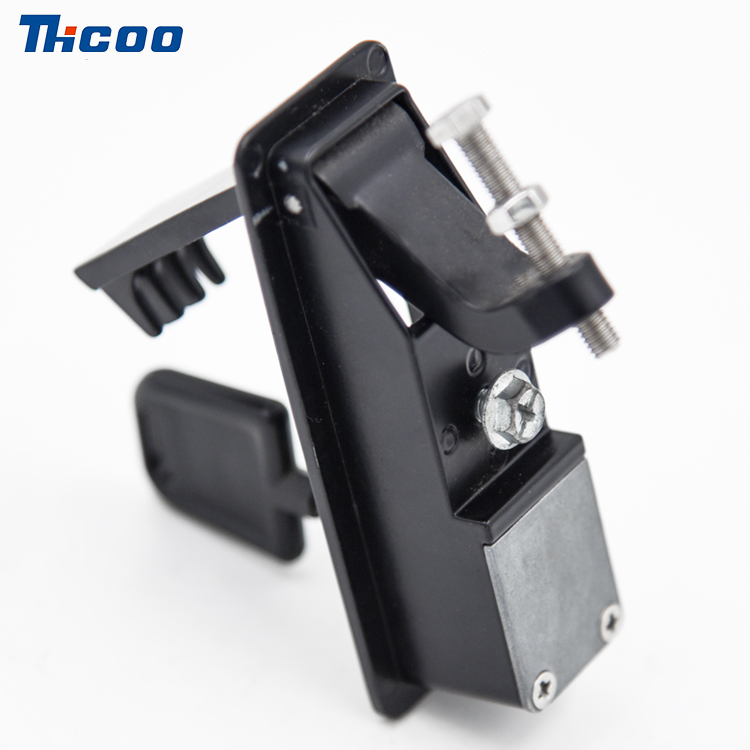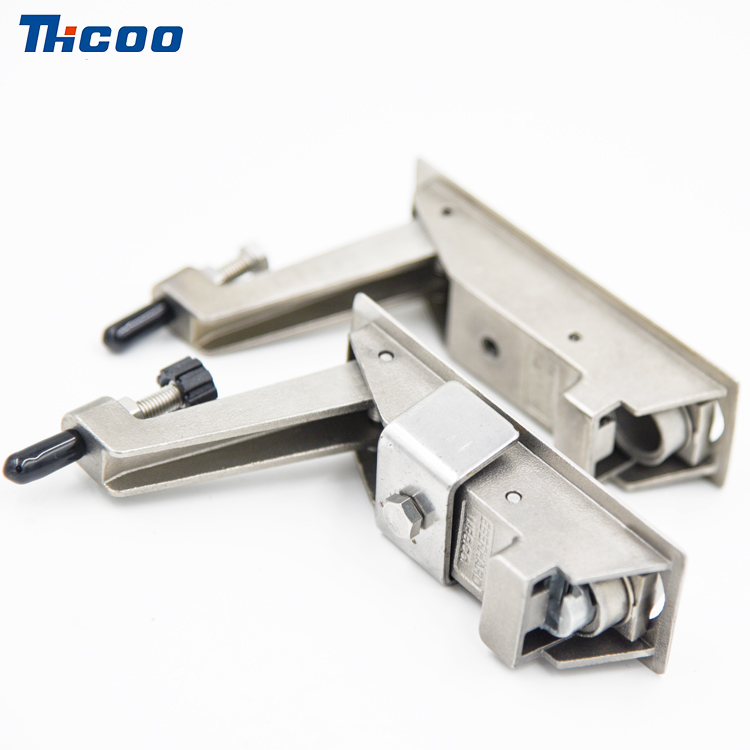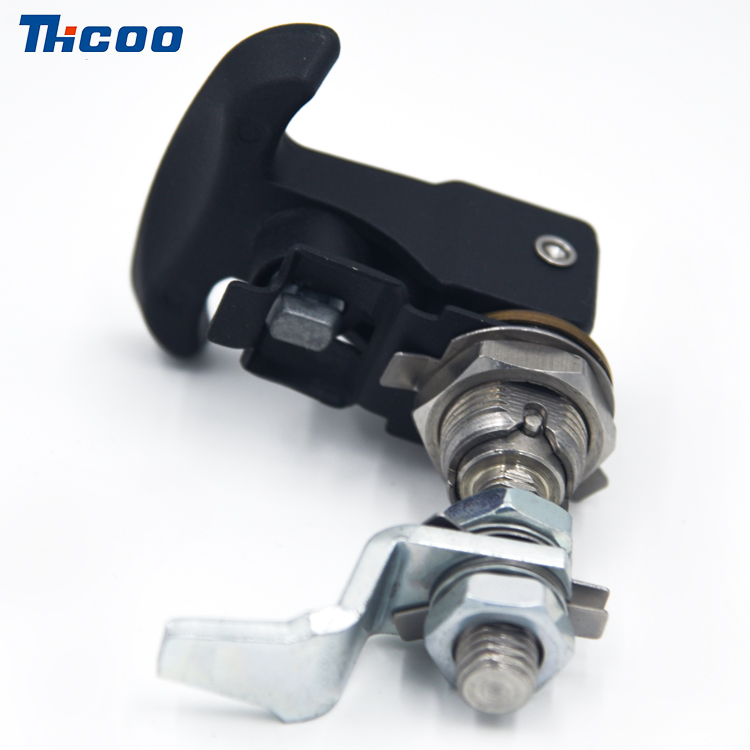Panel paddle locks offer a high level of security, deterring unauthorized access to important equipment and confidential areas. These locks are designed to prevent tampering or forced entry, ensuring that only authorized individuals have access. With their robust construction, durable materials, and dependable locking mechanisms, panel paddle locks provide peace of mind by safeguarding valuable assets from theft, vandalism, or accidental damage.
Ease of use is a major advantage of panel paddle locks. Unlike some complex locking mechanisms, panel paddle locks are designed to be user-friendly, allowing for effortless locking and unlocking. The paddle handle design provides a comfortable grip, making it easy to operate with a simple push or pull. This convenient feature enables authorized personnel to quickly access panels and enclosures, reducing downtime and improving overall efficiency.
Panel paddle locks offer versatility in terms of their applications across different industries. From electrical enclosures and server cabinets to control panels and machinery compartments, these locks can be used in various settings where secure access is crucial. The availability of different sizes and styles ensures compatibility with a wide range of panel thicknesses and configurations. This versatility allows for flexible installation and ensures that panel paddle locks can be seamlessly integrated into existing systems.
Panel paddle locks are designed to withstand challenging environments and harsh weather conditions. Constructed from durable materials such as stainless steel or zinc alloy, they exhibit excellent corrosion resistance and are capable of enduring extreme temperatures, humidity, and exposure to various chemicals. This durability ensures that panel paddle locks remain reliable and functional even in demanding industrial settings, reducing the need for frequent maintenance or replacement.
Panel paddle locks provide both traditional keyed options and modern keyless solutions. Keyed locks require the use of a physical key for opening and closing, granting access only to individuals with the corresponding key. On the other hand, keyless locks utilize electronic or mechanical combination codes, access cards, or biometric authentication methods for secure entry. This range of options allows users to choose the locking system that best aligns with their security needs and operational requirements.

 English
English Deutsche
Deutsche 简体中文
简体中文 languages
languages 

